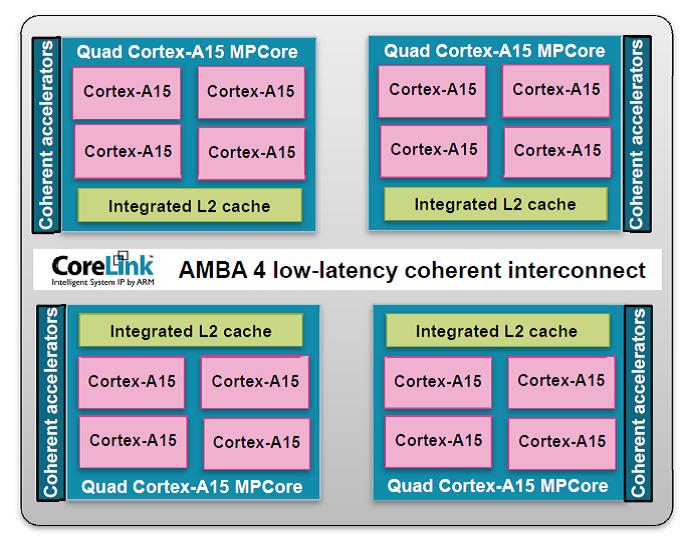My console wouldn't have dedicated fixed function hardware for physics, AI, cryptography or specific graphics effects. A more programmable and considerably faster GPU would be the first requirement (it could also be used for parallel general purpose processing) and the second requirement would be a more up to date CPU (more threads/cores, OoO execution or wide SMT at least). Basically more parallel processing power and more serial processing power. If the console would need to always send data crypted over the net and extensively use crypted file system for all file reads/writes, a dedicated crypting hardware wouldn't be a bad choice, as long as it wouldn't bring additional latencies (moving data from one processing unit to other takes time). After seeing the massive improvements the recent AES instructions resulted in crypting speed on standard x86 CPUs, a few new instructions would likely be enough (and offer more flexibility in the future).
Imagine if Xbox 360 and PS3 designers would have preferred fixed function dedicated hardware for every functionality back in 2005. Then look at the AAA titles at launch, and compare them to the recent AAA titles. The difference is huge. Many new rendering techniques have been invented (deferred lighting being one of the most important). With fixed function hardware, nothing like that would have been possible. With the next generation consoles, I want to be able to experiment with voxel rendering for example. I want to be able to use my GPU efficiently to any kind of parallel calculation. It might be that 5 years from now there are plenty of games out that do not rasterize triangles at all. Same for physics simulation. Better ways to simulate physics and calculate collisions are invented all the time. General purpose hardware lets us experiment with new algorithms, and create new innovative games.
Imagine if Xbox 360 and PS3 designers would have preferred fixed function dedicated hardware for every functionality back in 2005. Then look at the AAA titles at launch, and compare them to the recent AAA titles. The difference is huge. Many new rendering techniques have been invented (deferred lighting being one of the most important). With fixed function hardware, nothing like that would have been possible. With the next generation consoles, I want to be able to experiment with voxel rendering for example. I want to be able to use my GPU efficiently to any kind of parallel calculation. It might be that 5 years from now there are plenty of games out that do not rasterize triangles at all. Same for physics simulation. Better ways to simulate physics and calculate collisions are invented all the time. General purpose hardware lets us experiment with new algorithms, and create new innovative games.

